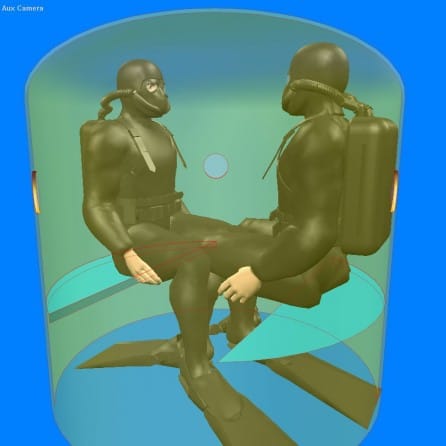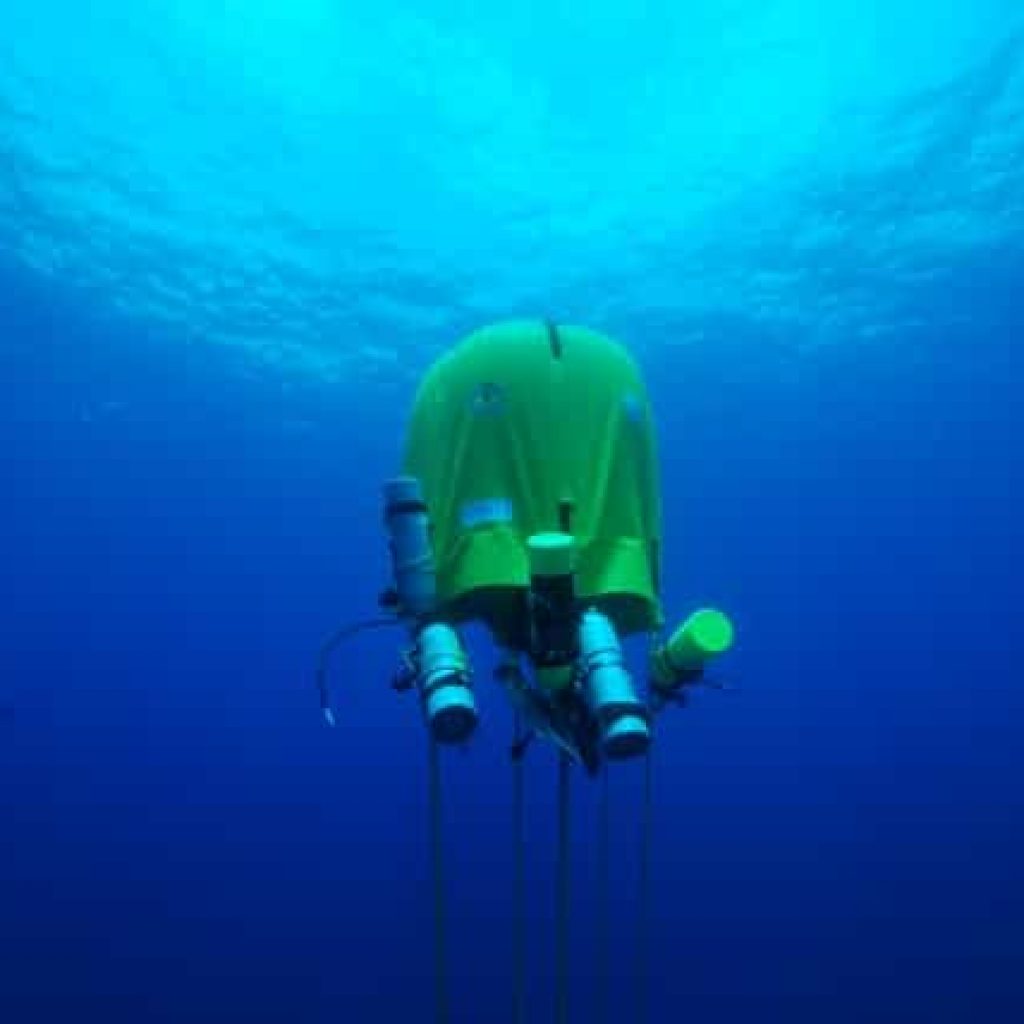 In 2012, BME scientific advisor, Michael Lombardi was awarded an NGS/Waitt grant to test a new concept in underwater portable habitats that could potentially save lives, allow discovery of new species at deep sites, and provide divers with communication, rest and safety. Although habitats have been used since the 60’s as inner space stations to conduct experiments and evaluate human behavior and physiology while spending long stays underwater, these first habitats were rigid permanent structures that required heavy building materials and lots of funding. In contrast, Lombardi’s habitat is light, portable, and could open the doors to a new era of exploration.
In 2012, BME scientific advisor, Michael Lombardi was awarded an NGS/Waitt grant to test a new concept in underwater portable habitats that could potentially save lives, allow discovery of new species at deep sites, and provide divers with communication, rest and safety. Although habitats have been used since the 60’s as inner space stations to conduct experiments and evaluate human behavior and physiology while spending long stays underwater, these first habitats were rigid permanent structures that required heavy building materials and lots of funding. In contrast, Lombardi’s habitat is light, portable, and could open the doors to a new era of exploration.
Lombardi tested his newly developed portable habitat working out of the Darby Island research station in July 2012. On 7/24, he deployed the habitat suspended at about 30 fsw overlooking the edge of the fore-reef atop a site in Exuma Sound. The reef breaks from 70 fsw to over 2000 fsw, making for an ideal test ground for diving technologies/techniques.
The habitat sat on site for >24 hours to check systems integrity. On 7/25, Lombardi conducted a brief dive to 300 fsw, with the shallow portion of their decompression in the habitat (about 40 mins). On 7/26, they conducted a longer dive to 410fsw, with 80 mins in the habitat. This is believed to be the first successful use of a purpose-built portable inflatable habitat, totally free of surface support, specifically intended to augment decompression after deep exploratory dives in an open water (non-cave) environment. This new tool will allow for considerably deeper/longer forays in the future. Exciting times!
For additional information see:
Ocean Space Habitat: A new concept is born
National Geographic Waitt Grants Program | Website
Ocean Space Habitat
A platform to extend the functional range of wet diving | Website
National Geographic On Assignment | Portable Habitat


[button link=”www.tropicbirds.org/news/” color=”silver”] Return to NEWS page[/button]


